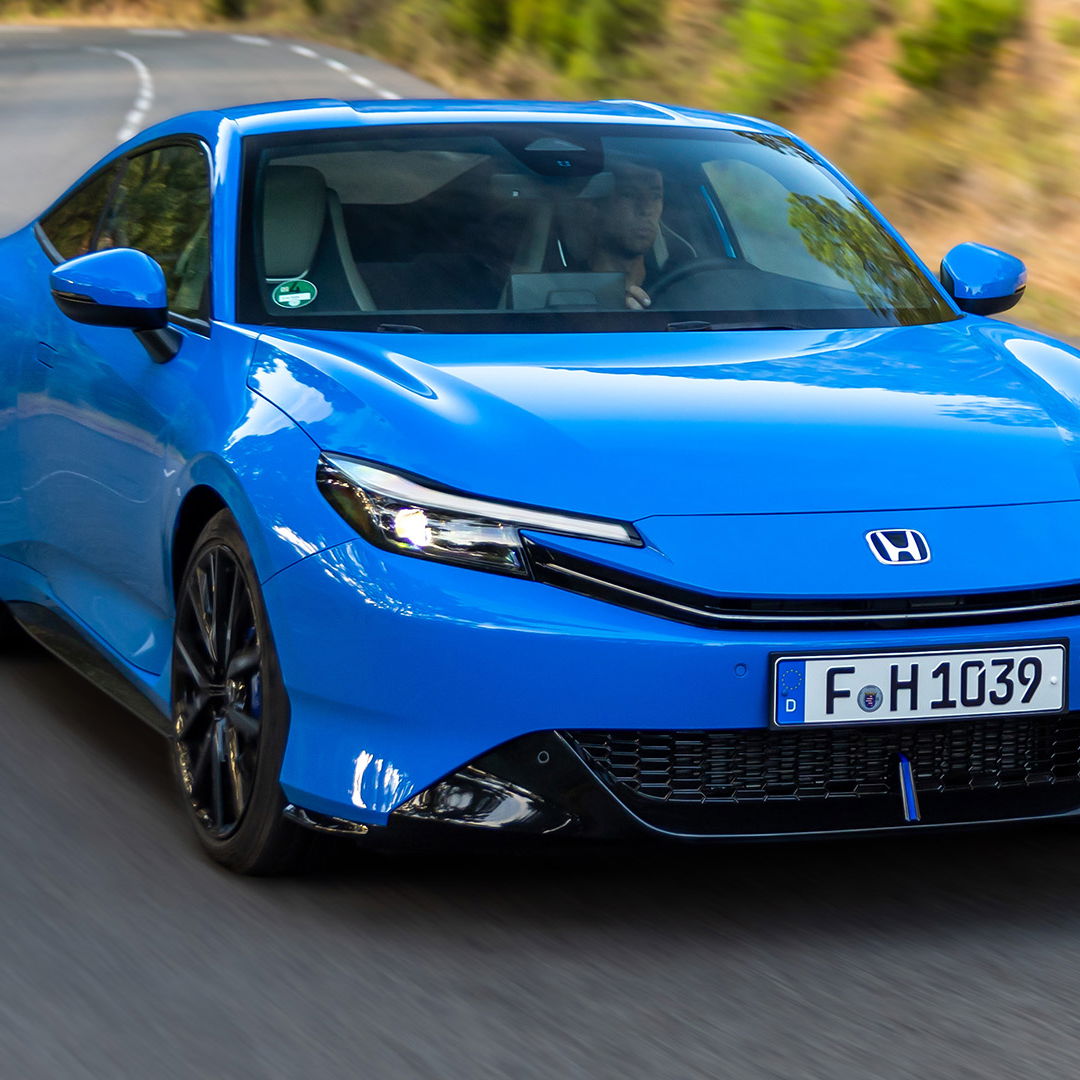The forgotten Toyota Celica racecars
The Toyota Celica LB Turbo was made for the 1977 German DRM championship. Built by Schnitzer for Toyota, it was supposed to compete against the Porsche 935, but rarely got past a few laps into the race before it broke down. It did score a non-championship win at Zolder for the ADAC Trophy. In 1978, the car suffered the same reliability problems, with a best finish being eighth at Mainz Finthen circuit, behind seven 935’s. In 1979 it was taken over to Japan where it competed in the Fuji Super Silhouette Series by TOM’s. It won on its third attempt, having not finished the other races. For 1981 it was sold to Trust Japan, and it competed with minor success in that year and in 1982, with a third place finish on one occasion. After the collapse of the Super Silhouette Series, nothing was heard of it until it was found in a Japanese junkyard in a neglected state in the 2000’s.
In 1980 Dome and TOM’S entered an agreement to build another Group 5 race car built from a Toyota Celica. The car packed a Toyota engine and was called the Ra40. It ran in the Sebring 12-hour race, the Riverside 5-hour race and the Le Mans 24 hours. This car however had even worse reliability than the LB Turbo, not qualifying for one race and not finishing the other two.
In 1982 Dome and TOM’s partnered again to build the Celica C. The first Japanese car built to Group C specifications, it finished sixth (fifth?) in the Fuji 6 hours, a round of the World Endurance Championship. It had also competed but did not finish at the Suzuka 1000 km. The car was never raced again.
#blogpost












Comments
Great post.
Some pointers though, when you write a long article it’s better to break the wall of text every once in a while.
That makes for easier reading.
Also, RA40 is the designation for a generation of Celica, not a specific racing version.
The Celica C is really cool though, didn’t know about that one.
Since you seem unsure of where it finished, there’s a site you can use to verify results. It’s called racingsportscars.com. They’ve got detailed records dating back to the early 1960s.
Awesome post